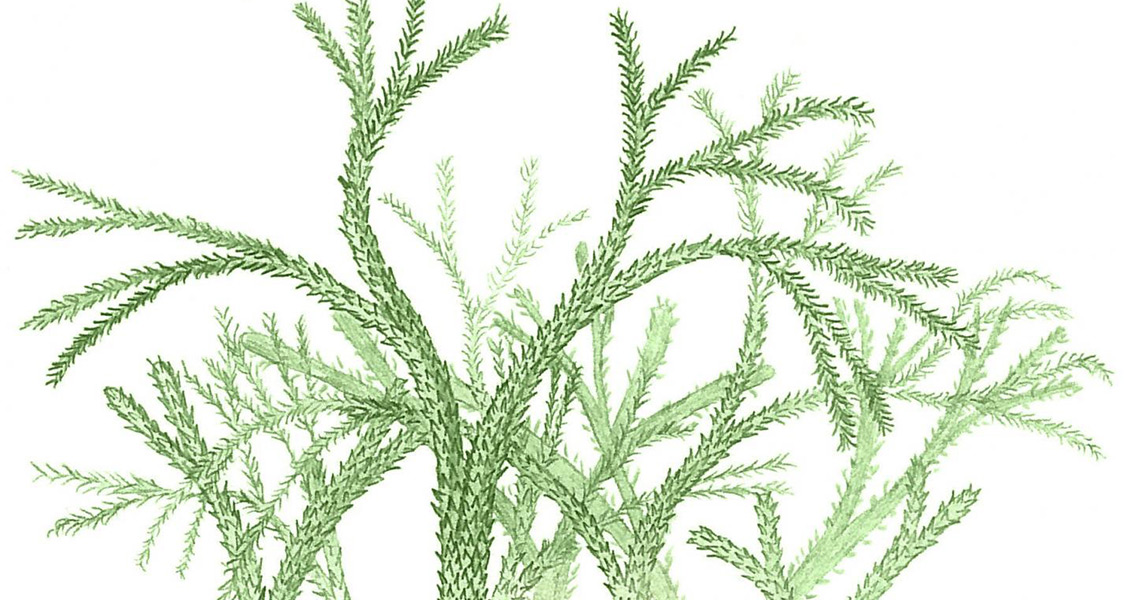<![CDATA[While it might be the farthest thing from a tropical paradise today, the Norwegian archipelago of Svalbard was at one time a lush, teeming tropical forest according to researchers from the UK. The remains of fossilized tropical forests, dating back to at least 380 million years in the past, may be a key in discovering what was at least partially responsible for one of the most noteworthy climactic shifts in the geological history of our planet. The period of time the tropical forest flourished is known as the Devonian period, which ranged from between 420 million and 360 million years ago, and was characterized by carbon dioxide levels in the atmosphere dropping by a factor of 15. Scientists have posited that an explosion in large-scale vegetation, such as this new fossilized forest find represents, might have been a contributing factor to this carbon dioxide level drop. Carbon dioxide is of course removed from the atmosphere by vegetation through photosynthesis, where the chemical compound is used to create food and help form soil. The by-product of photosynthesis is oxygen, which aids in supporting animal life on the planet. The larger the plant, the more carbon dioxide it can absorb, and while these larger forests might have initially absorbed additional amounts of solar radiation, temperatures during the Devonian continued to drop as atmospheric carbon dioxide levels continued to decline – quite easily to temperatures similar to those of today. Teams of researchers from Southampton University and the School of Earth and Ocean Science at Cardiff University teamed together to locate, identify, and date the fossilized forest remains. Svalbard would have been located at the equator during the Devonian, as this was well before the tectonic plate it was on shifted its location into the Arctic Ocean. Dr. Chris Berry, a Cardiff University researcher involved in the project, commented on the finding in a press release, remarking that the fossilized remains of Svalbard’s forests showcase what the vegetation of the late Devonian period looked like on the equator at the pivotal point that the first recognizable trees began to appear. The trees of Svalbard were mostly lycopods, more well-known for being present millions of years later and in regions that would eventually coalesce into coal deposits. Svalbard’s forests were also exceedingly dense, with gaps of only around seven to eight inches between each of the 13-foot-high tree trunks. Today, Svalbard is of course located nearly as far away from the equator as possible. Despite this, the archipelago is inhabited by around 2,500 people and is considered one of the most northerly inhabited regions in the world. Svalbard hosts the Global Seed Vault, a facility to safeguard plant species from extinction – making it an appropriate place to discover the location of one of the world’s first forests. For more information: www.geology.gsapubs.org Image courtesy of Dr. Chris Berry, Cardiff University]]>
Remains of Ancient Tropical Forest Found in Norway
